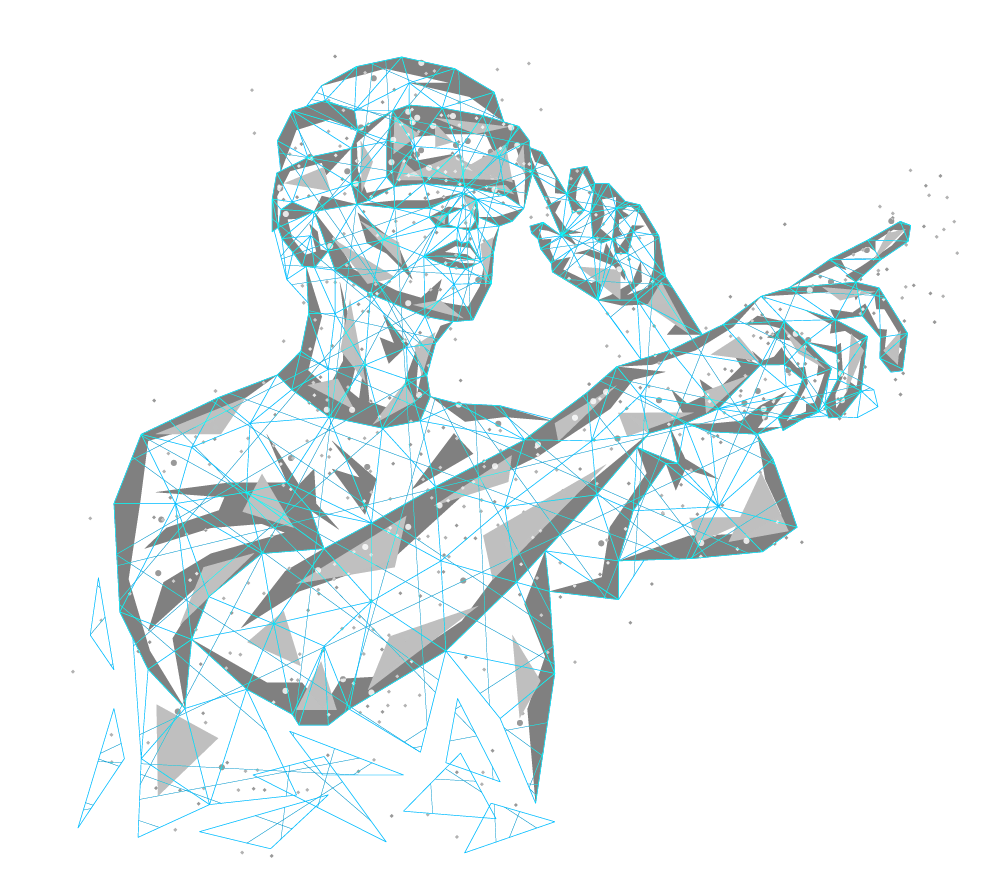Mixed Reality (MR) is a type of immersive technology that combines elements of both Virtual Reality (VR) and Augmented Reality (AR) to create an interactive and engaging experience for users. MR technology merges virtual and physical worlds to produce a new environment in which users can interact with digital objects and information as if they are part of the real world.
In MR, the user wears a headset or other device that can display digital objects and information in their field of view, while also allowing them to see and interact with the physical environment around them. MR devices often incorporate cameras and sensors that can track the user’s movements and position in space, which enables them to interact with the digital objects in a more natural way.

One of the key benefits of MR is that it allows for a more seamless integration of digital information and objects into the user’s physical environment. Unlike VR, which completely immerses the user in a virtual environment, or AR, which overlays digital information onto the physical world, MR blends the two to create a new hybrid experience.
This hybrid experience can be used in a variety of applications, from gaming and entertainment to education, healthcare, and industry. For example, in the gaming industry, MR technology can be used to create immersive and interactive gaming experiences that allow players to interact with digital objects in a more natural and intuitive way.
In education, MR can be used to create interactive learning environments that allow students to explore and interact with virtual objects and information as if they are part of the physical world. This can enhance the learning experience by providing students with a more hands-on and engaging way to learn complex concepts and ideas.
In healthcare, MR can be used to create virtual simulations that allow doctors and other medical professionals to practice complex medical procedures in a safe and controlled environment. This can help to improve patient outcomes by reducing the risk of complications during real-world procedures.
In industry, MR can be used to create virtual prototypes of products and designs, which can be tested and refined before they are brought to market. This can help to reduce costs and improve efficiency by allowing companies to identify and address potential issues before they become a problem.
Overall, Mixed Reality is a powerful and versatile technology that has the potential to transform a wide range of industries and applications. As MR devices become more sophisticated and widely available, we can expect to see even more innovative uses and applications of this exciting technology in the years to come.

